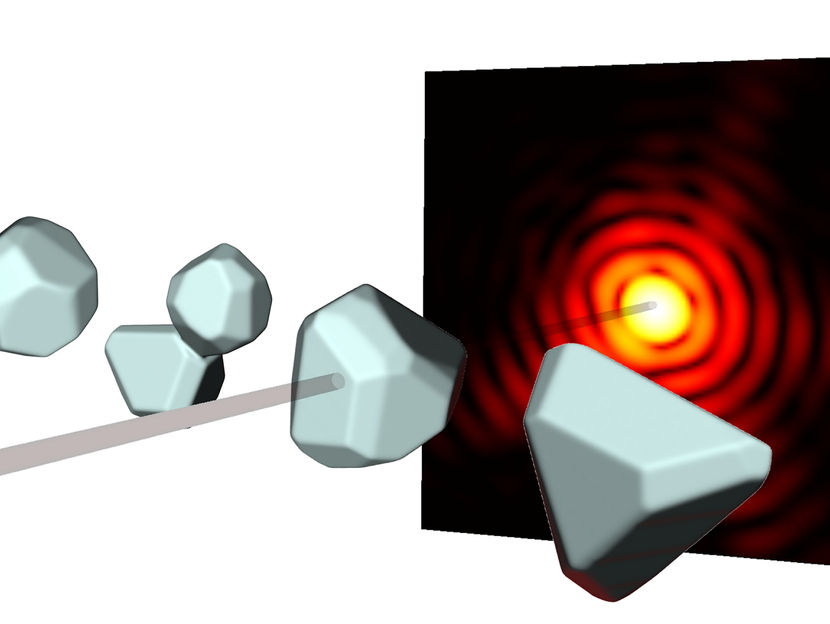Carbon molecular sieve integrated graphene sensor
New paradigm in atmospheric gas sensing and molecular identification
graphene, an atomic-thick sheet of carbon has found immense applications in gas sensors due to its single-molecule sensitivity, low-noise levels, and high carrier density. However, graphene’s much-heralded sensitivity also means it is inherently non-selective to any gas. Hence, it easily gets huge p-doping (reduction of graphene electron density) when exposed to atmospheric air which limits demonstrations of its selectivity to only inert environments such as dry air, or nitrogen. Nevertheless, for the actual commercialization of graphene in applications like environmental monitoring or breath/skin gas clinical sensors, atmospheric exposure is required. This has necessitated the desire to achieve simultaneous atmospheric passivation, and high speed & selective gas sensing in graphene. Common methods of inducing selectivity typically involve polymer coatings on graphene. However, this approach changes graphene’s intrinsic characteristics, while still exposing significant sections of the graphene channel to atmospheric doping.
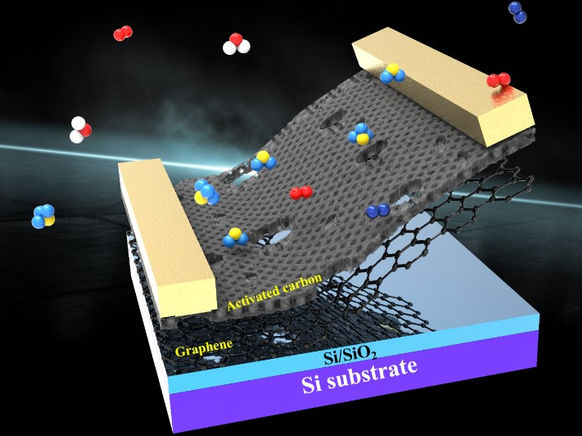
Device schematic of the activated-carbon functionalized graphene sensor with the inset showing the porous activated carbon-graphene interface.
Manoharan Muruganathan from JAIST
To achieve simultaneous atmospheric passivation, and selective gas sensing in graphene, a research team led by Dr. Manoharan Muruganathan (Senior Lecturer), and Professor Hiroshi Mizuta at the Japan Advanced Institute of Science and Technology (JAIST) developed a nano-porous activated-carbon functionalized graphene channel in collaboration with industrial partners, Mr. Hisashi Maki, Mr. Masashi Hattori, Mr. Kenichi Shimomai.
The activated-carbon functionalized Chemical vapor deposition (CVD)-graphene channel was obtained via pyrolysis of a post-lithographic Novolac resin polymer, says the researchers Dr. A. Osazuwa Gabriel and Dr. R. Sankar Ganesh. Due to the similar work-function between the activated carbon and graphene, the electronic characteristics of the CVD-graphene are retained in the sensor, with negligible atmospheric doping even after 40 minutes of atmospheric exposure. Furthermore, the oxidized activated-carbon-graphene interface defines ammonia selective adsorption sites, resulting in room temperature ammonia sensitivity of single-digit parts per billion (ppb) in atmospheric air with a few seconds response time. Consequently, molecular sieve functionality in atmospheric air was realized.
Using the same sensor, they also demonstrated a new molecular identification technique, the charge neutrality point disparity method, which utilizes the electric-field-dependent charge transfer characteristics of adsorbed gases on the graphene channel. The extreme ammonia selectivity, atmospheric passivation, as well as facile and scalable lithographic fabrication of this sensor makes it suitable for clinical and environmental sensor applications. “These results take graphene gas sensors from demonstrations in controlled environments to actual atmospheric applications, opening a new vista in graphene-based gas sensing”, says the research collaborator Mr. Masashi Hattori, Manager, TAIYO YUDEN CO., LTD.
Original publication
Other news from the department science

Get the analytics and lab tech industry in your inbox
By submitting this form you agree that LUMITOS AG will send you the newsletter(s) selected above by email. Your data will not be passed on to third parties. Your data will be stored and processed in accordance with our data protection regulations. LUMITOS may contact you by email for the purpose of advertising or market and opinion surveys. You can revoke your consent at any time without giving reasons to LUMITOS AG, Ernst-Augustin-Str. 2, 12489 Berlin, Germany or by e-mail at revoke@lumitos.com with effect for the future. In addition, each email contains a link to unsubscribe from the corresponding newsletter.
Most read news
More news from our other portals
Last viewed contents
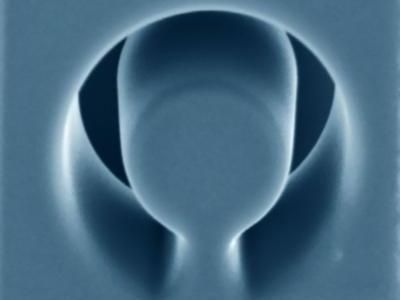
Miniaturizable magnetic resonance

Scientists develop novel nanoparticles that could serve as contrast agents - Special feature: The properties of these unique nanoparticles change in reaction to heat
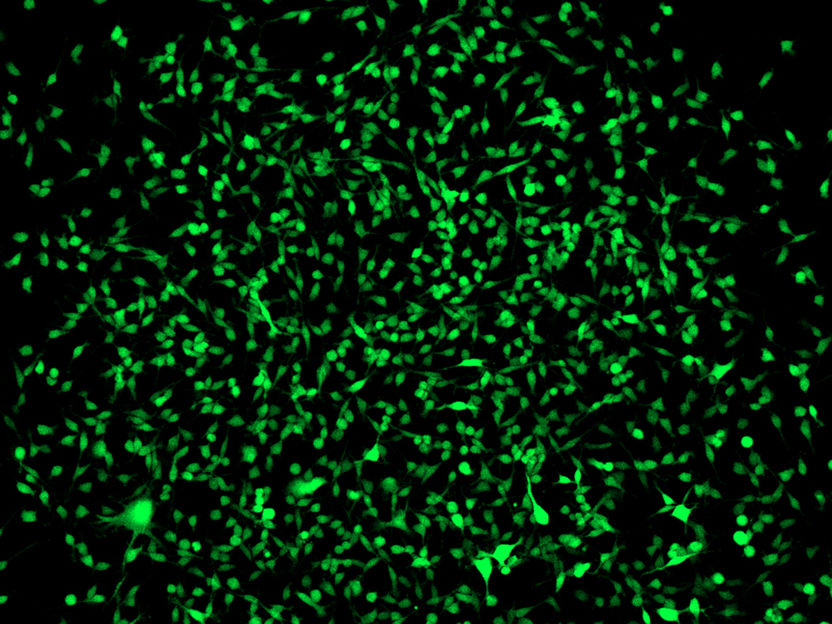
New mouse model makes stem cells light up green - Random find opens up new perspectives

Detailed structure of cell’s garbage disposal unit reveals surprise in how it is targeted by cancer drugs - Every atom counts
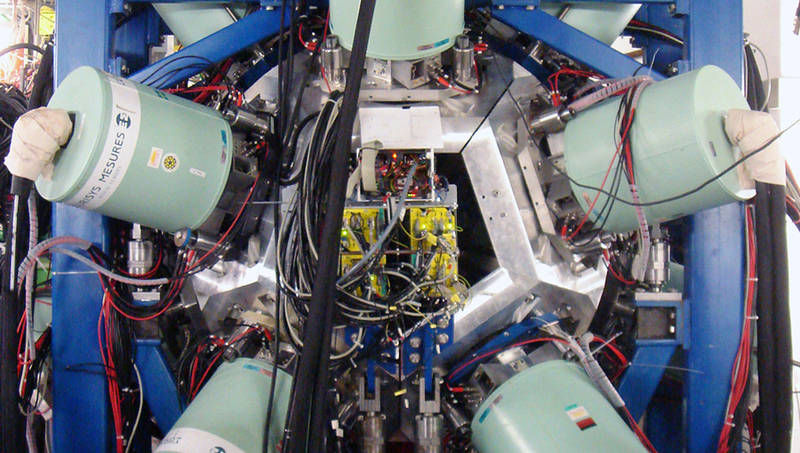
Tin-100, a doubly magic nucleus

New biomarker proposed for coffee consumption studies
